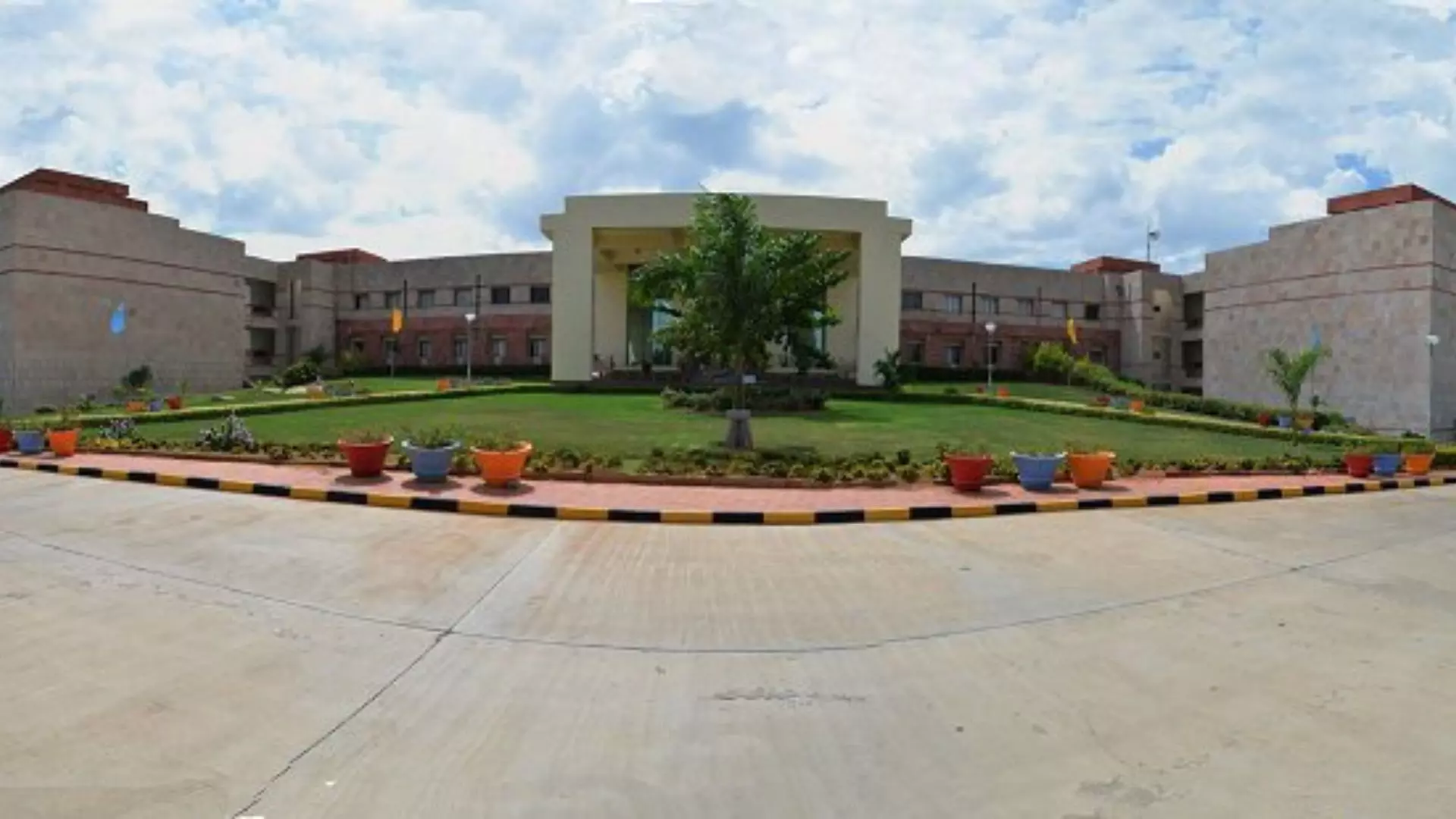Hyderabad: BITS-Pilani Unveils Energy Storage for Wearables
Researchers at BITS-Pilani develop flexible graphene supercapacitors, enhancing energy storage for wearable electronics and sustainability

Hyderabad: The future of wearable electronics may be closer than we think, but one critical piece remains: flexible, adaptable energy storage that can bend and conform as much as the devices it powers. Enter graphene-based supercapacitors, the latest innovation promising a breakthrough in how we power the next generation of technology.
Researchers at the MEMS, Microfluidics and Nanoelectronics (MMNE) Lab at Birla Institute of Technology and Science (BITS)-Pilani, Hyderabad, alongside collaborators from the University at Buffalo, have taken a step in this direction. Led by Prof. Sanket Goel and Prof. Thomas Thundat, with contributions from PhD student Himanshi Awasthi and Dr Pavar Sai Kumar, the team has developed flexible nanographene supercapacitors using a laser-engraving technique. “Our goal was to create a truly adaptable energy solution that’s both powerful and environmentally sustainable,” explained Prof. Goel.
The team’s breakthrough lies in using two types of flexible substrates - polyamide for Laser-Induced Graphene (LIG) and paper for Laser-Induced Reduced Graphene Oxide (LIrGO). “Each substrate offers unique advantages. LIG is highly porous, which allows ions to move through more freely, enhancing energy storage, LIrGO, made from paper, is recyclable, adding an eco-friendly touch to the innovation,” the professor explains.
In terms of performance, these supercapacitors show impressive electrochemical capabilities. The LIG-based supercapacitor leads with an areal capacitance of 3.69 mF/cm² and an energy density of 0.32 μWh/cm² - nearly twice the performance of the paper-based LIrGO, which has an areal capacitance of 1.61 mF/cm² and an energy density of 0.16 μWh/cm². “Additionally, both supercapacitors have shown durability through testing, with the LIG device retaining 88.7% of its capacity over 930 cycles, while LIrGO retained around 79.1%,” he said.
The development of these flexible supercapacitors is also economical and scalable, thanks to the precision of the laser-engraving method used. This process rapidly and reliably synthesises graphene materials on flexible substrates, making it easier to produce on a larger scale.
The researchers used advanced tools, including Scanning Electron Microscopy (SEM) and Transmission Electron Microscopy (TEM), to analyse the material’s unique properties. “The laser-engraving process opens up new possibilities for mass production without compromising quality,” Dr. Pavar Sai Kumar said.
This technology holds promise beyond just powering wearable devices. With growing interest in renewable energy and electric mobility, graphene-based supercapacitors could soon become essential in broader applications, from medical implants to environmental sensors. The durability, eco-friendly materials and compact nature of these supercapacitors make them particularly suitable for low-power applications that demand flexibility and sustainability.
Their research, published in Advanced Energy and Sustainability Research journal, brings a promising glimpse of the sustainable energy future. As flexible electronics grow popular and in demand, researchers believe these innovations in graphene supercapacitors might soon be powering a host of new devices, paving the way for greener, adaptable tech solutions in everyday life.

